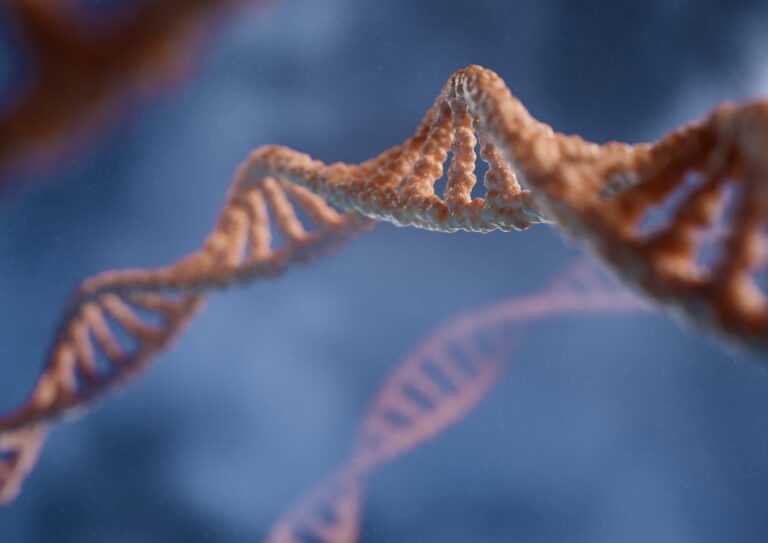When a human cell first divides, one copy of each set of genes (called chromosomes) is made. These long threads of DNA are stored in the nucleus. In most cells, these chromosomes come in pairs. However, sex cells (egg and sperm cells) are haploid.
They contain 23 chromosomes in their nuclei, which is half as many as regular cells. These chromosomes come from each parent, and they recombine in a process called meiosis.
The number of chromosomes in an egg cell
In human cells, chromosomes are long, double-stranded chains of chemical components called nucleotides. They carry a person’s genetic instructions, which determine how the body grows and develops. Chromosomes are located in a central part of the cell, called the nucleus. They are wrapped in a protective membrane and located inside a gel-like substance, called the cytoplasm.
A normal egg cell has 23 chromosomes. During fertilization, the 23 chromosomes from the father’s sperm and the 23 chromosomes from the mother’s egg fuse to form a fertilized egg, or zygote. The zygote contains all the information that will eventually become a baby.
When a cell divides, it makes two identical copies of each set of chromosomes. These copies, called sister chromatids, are linked together by their middles (centromeres). When the cell divides again, the copies separate but remain connected to each other at their centromeres. The new cells each get one copy of each chromosome. This type of cell division is known as mitosis. Each new cell has 46 chromosomes, including 23 from the father and 23 from the mother.
Egg and sperm cells contain half as many chromosomes as normal cells, or diploid cells. These cells are called haploid cells. A haploid egg or sperm cell has 23 chromosome pairs, but only half the number found in non-sex cells. It is this mix of genetic material that gives a fertilized egg or sperm its unique characteristics, such as low-friction, tapered shape and alkaline properties that counteract the acidic environment of female reproductive organs.
The number of chromosomes in a sperm cell
Every living cell in your body has 23 pairs of chromosomes, one pair from your mother and one from your father. These chromosomes contain the genetic instructions for how your body grows and develops. During the process of reproduction, each parent’s 23 single chromosomes are separated and then matched with another set of 23 single chromosomes in an egg or sperm cell. This process is called meiosis. During meiosis, chromosomes may swap chunks of DNA, which can make each new cell slightly different. However, these changes shouldn’t happen more than a few times per cell because they could destabilize the genome.
During meiosis, each sperm or egg cell is reduced to half its size by the fusion of two haploid cells. This is why sperm or eggs have half the number of chromosomes of body cells.
Each sperm or egg cell is also streamlined for its purpose. They have a long tail to help them move and lots of mitochondria, which create energy. They also have a specialized cap at the front of the cell, known as an acrosome, that holds special proteins that target and enter the egg.
Hundreds of millions of sperm vie for a single egg, and each one has special features to help them win the race. These include a tail to help them move, a special acrosome, and enzymatic proteins to get inside the egg cell. The acrosome is also loaded with a protein that helps the sperm cells “stick” to the egg.
The number of chromosomes in a zygote
When a woman’s egg and a man’s sperm fuse, they create a diploid cell known as a zygote. A normal zygote has 23 pairs of homologous chromosomes, or 46 chromosomes altogether. Each chromosome is a long stretch of DNA. A chromosome is made of two identical parts called sister chromatids, which are linked together by a centromere. A zygote also contains many different genes, which determine the physical characteristics of an individual.
Every living part of your body is made up of cells, which are tiny, rod-shaped structures that contain the genetic information that controls the way you look and act. Most cells in your body were produced by a process called mitosis. However, a special type of cell called a gamete (egg or sperm) is produced by a process called meiosis. During meiosis, the cell copies its chromosomes and then divides. Each daughter cell receives half of the chromosomes from each parent.
A normal zygote has 46 chromosomes because it contains 23 chromosomes from the sperm and 23 chromosomes from the egg. These chromosomes are then combined to form the new cell that will become the fetus. The resulting embryo has all of the information that it needs to develop into a healthy baby. This information is called the genotype, and it influences a person’s physical characteristics, which are called the phenotype.
The number of chromosomes in a fertilized egg
When an egg cell and sperm combine in the process of fertilization, they form a single cell called a zygote. A zygote contains both the nucleus of an egg and the nucleus of a sperm and has 46 chromosomes in total. This is because both cells contain one complete set of chromosomes, or diploid.
A normal cell contains 23 chromosomes in two pairs, but sperm and egg cells are haploid, meaning that they only have half of the usual number. This is because sperm and egg cells are specialized cells, known as gametes, that produce sperm or eggs.
During meiosis, the nuclear division that creates sperm and eggs, the chromosomes of a gamete are paired and separated so that each cell has 23 unpaired chromosomes. This process also allows some chromosomes to swap places, which is called crossing over. Crossovers are important because they allow sperm or eggs to contain exactly the right number of chromosomes.
A sperm or an egg cell contains 23 pairs of chromosomes, but once it is fertilized with another sperm or an egg, the resulting embryo will have 46 chromosomes. The zygote will have 23 pairs of chromosomes from the father and the mother. The combination of these chromosomes determines whether the child will be male or female. It is possible for multiple sperm to fertilize an egg cell, but this usually results in a triploid zygote that is not viable.
See Also:






